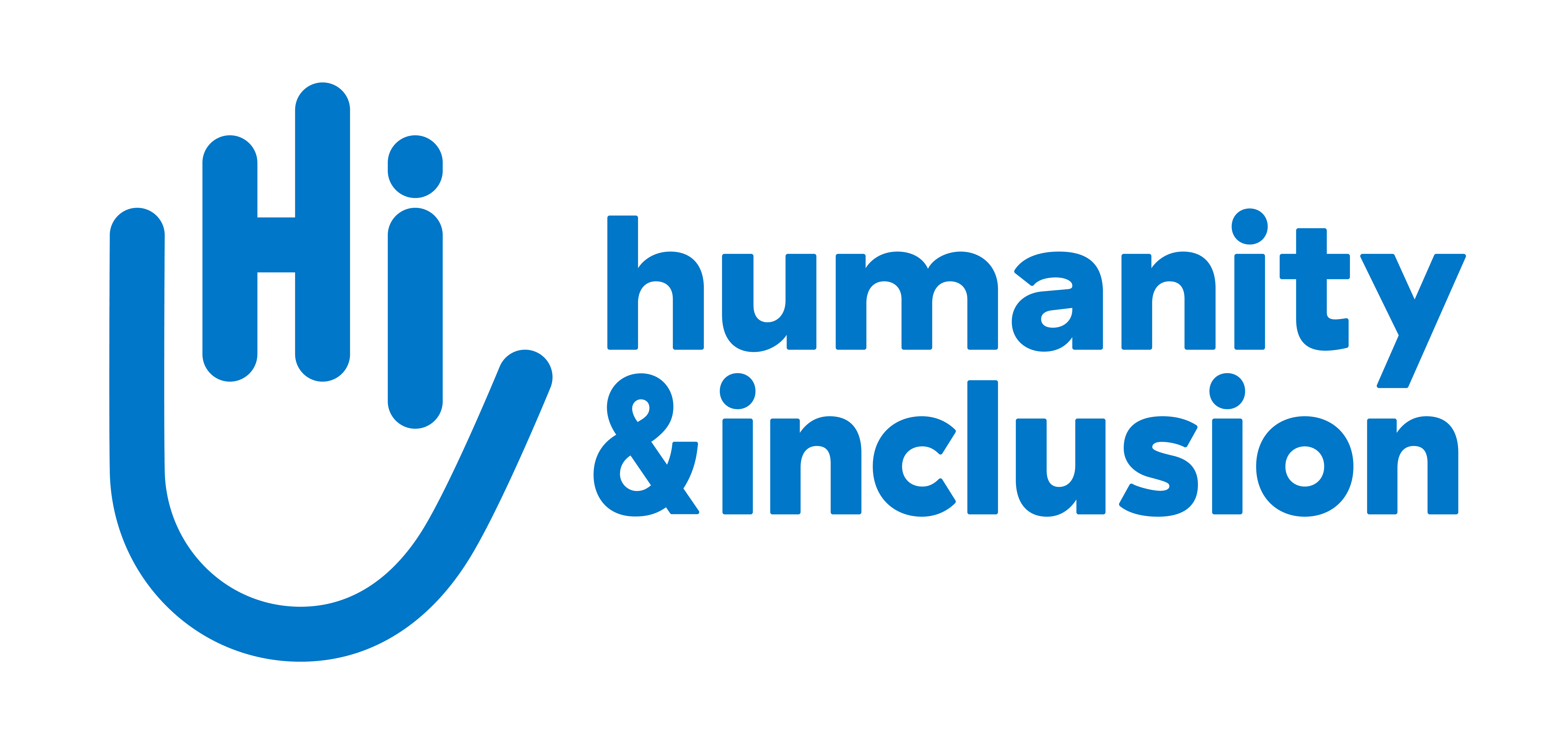Print a limb: encouraging results using 3D printed prosthetics
Handicap International has been testing whether computer assisted design and 3D printing can improve access to high-quality artificial limbs. As the first clinical trials in Togo, Madagascar and Syria conclude, we are pleased to announce positive results and the launch of the next phase of this cutting edge research.

A trial participant receives her bespoke 3D printed socket | © J.Canicave / Handicap International
The Problem
In many low-income and middle-income countries, only 5%-15%[1] of people who require assistive devices, including artificial limbs, have access to them. In areas that are remote or dangerous, specialised health professionals can be scare and materials expensive. Poorly made or unadjusted artificial limbs can make life uncomfortable for patients by causing skin sores, pressure wounds and muscle fatigue.
The Technology
Handicap International has been testing 3D printing technology to see if it may offer a solution to some of these problems. The trial method uses a small, lightweight 3D scanner to create a digital mould of the amputated limb. The mould can then be adapted according to the patients’ needs using computer modelling software before being sent to a 3D printer. The printer creates thousands of layers of thermoplastic to produce a bespoke socket that corresponds perfectly to the shape of the patient’s amputated limb.
The Result
With just 19 participants in the first phase of trials, it is still early days, but the preliminary findings show that the 3D printed sockets are a safe and effective alternative to current socket designs. The process saves time for medical professionals and allows for a lot of input from the patient. Importantly, the scanning materials required are portable and relatively simple to use. It is hoped that this will allow us to reach patients in remote or dangerous places. Much further research is required before this treatment option can be offered to patients.
Isabelle Urseau, Handicap International’s head of rehabilitation is planning the next steps: “Using the lessons learnt, we are now excited to move on to phase 2 of the research. These trials will involve more patients and different locations to thoroughly test our methods. 3D printing is unlikely to become the only way of providing prosthetics but we think it could be a great option in certain circumstances.”
The project is a partnership between Handicap International, Strathclyde University and two industrial companies; ProsFit Technologies and Proteor SAS. The results of phase 1 of the project will be presented at the International Society for Prosthetics and Orthotics World Congress 2017 in Cape Town, which runs from the 8th to the 11th of May.
[1]Assistive technologies for ageing populations in six low-income and middle-income countries: a systematic review, (September, 2015)




